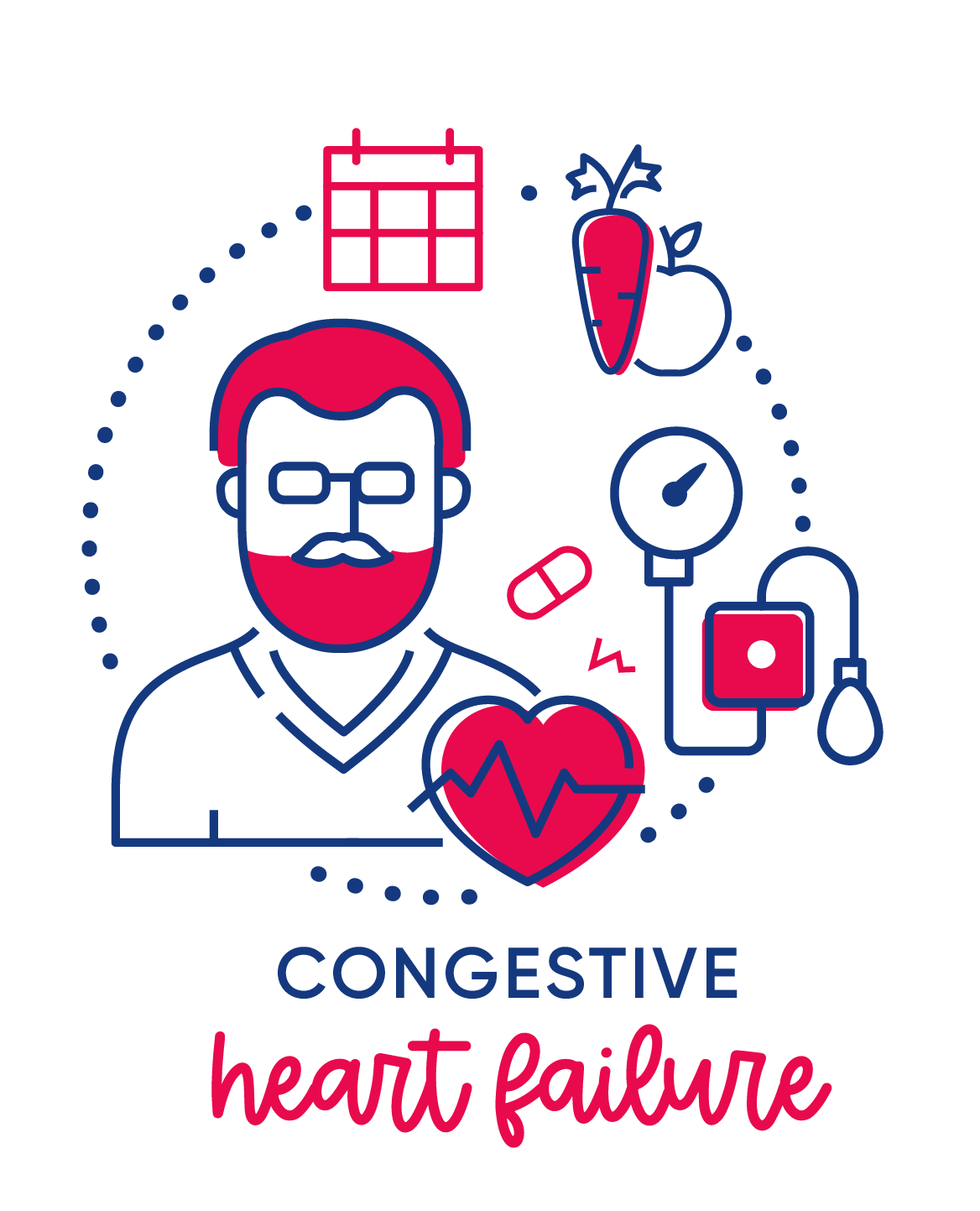Vision
People living with CHF and/or COPD in our community – no matter where they live – should have the best quality of life possible by having access to the personal, professional, and community resources they need, when they need them, and in the way that they choose to use them.
Changing the way healthcare is accessed and delivered, may assist people to self-manage their chronic conditions effectively and sustainably, to live well at home and in the community reducing the need for avoidable hospital admissions.
The pathway enabled health professionals to focus on patient centred care, working together as a team, providing targeted collaborative values-based care.
LWYW Goals were:
To promote care in the community.
To enhance individual’s abilities to stay healthier at home for longer.
To create a local culture of collaboration.
To support the delivery of exceptional rural healthcare.
To improve the efficiency and effectiveness of healthcare delivery for people with chronic disease in the Murrumbidgee.
“What we’re talking about is moving from an illness system to a wellbeing system. Moving from patient management focused on ‘what is the matter with the patient’ to person-centred care that focuses on ‘what matters to the patient’. A culture of quality improvement built around data is vital across the sector because it means good quality care for the patient, efficiency and cost savings for GP practice and improvements to the system as a whole, with investment upstream leading to savings downstream.”
By working together, we can reduce hospitalisations and improve the quality of life for people living with COPD and CHF, and our hospital system. LWYW was about doing better.
Living Well, Your Way pathway was not a service provider but an initiative to work with the healthcare system to look at a better way to deliver what is needed, when and where.
Why is this important
The Murrumbidgee region has the second highest rate of preventable hospitalisations for treatment of people living with COPD and CHF. LWYW aims to reduce the frequency of hospitalisations, improving the quality of life for people in our communities, and reduce the avoidable strain on the hospital systems and our health professionals.



